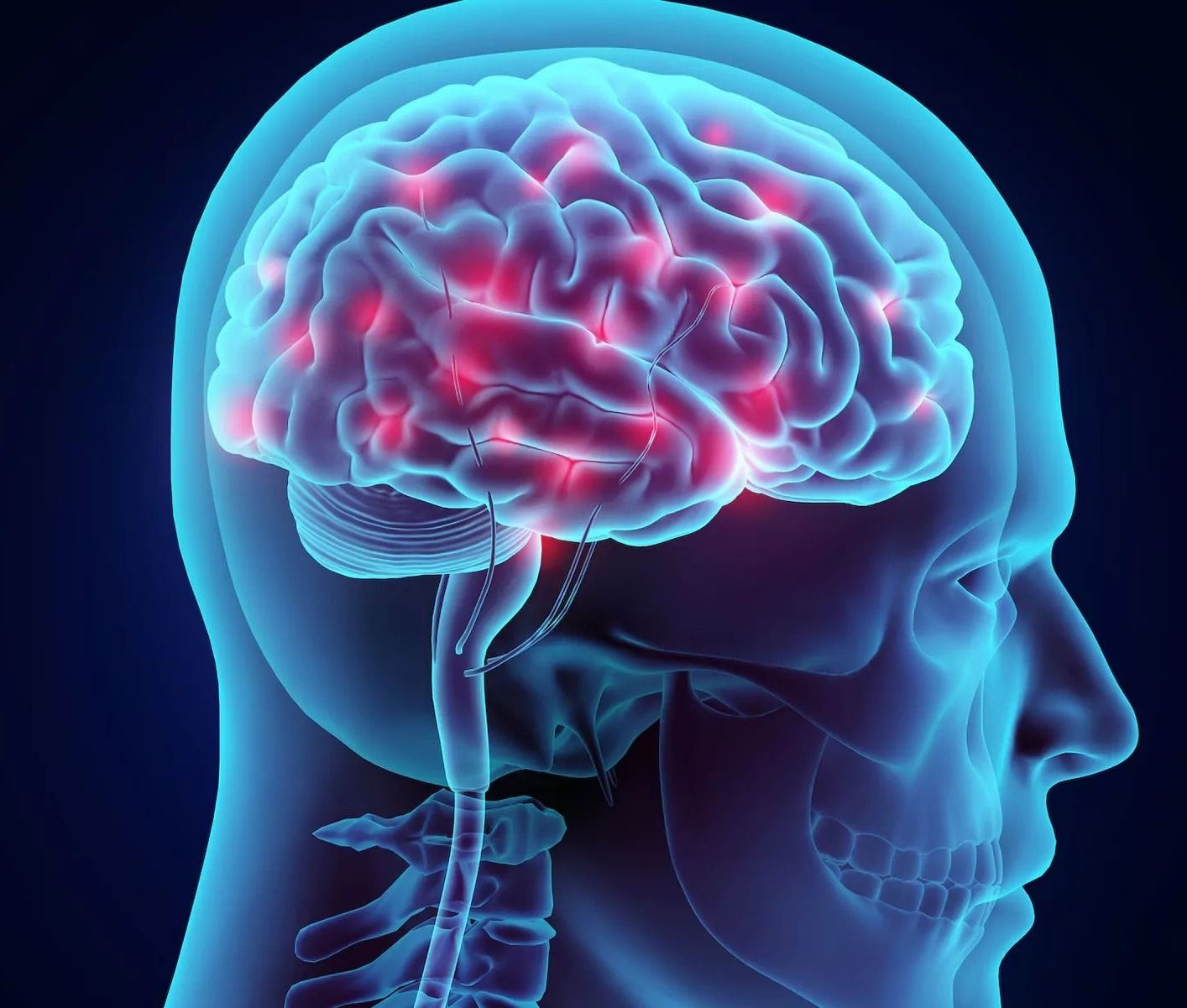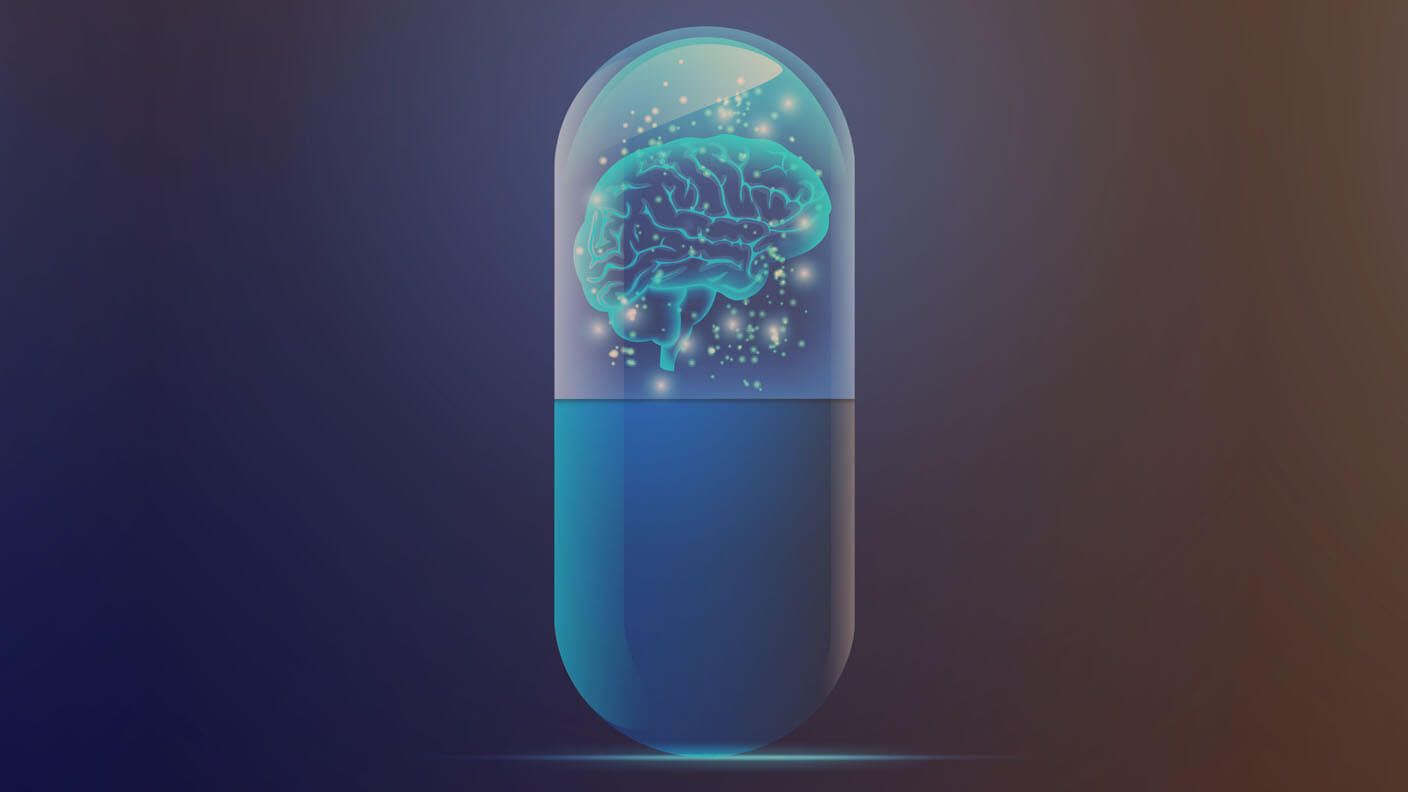KrioRus charges $36,000 to cryonize a corpse, or half that for just the head. The process is fairly straightforward: First, cryonicists drain the blood of the “patient,” and pump in a solution resembling antifreeze. The body goes into a cooling chamber beneath KrioRus’s 2,000-square-foot hangar in Sergiyev Posad, a suburb north of Moscow, for roughly a week. Then it’s immersed, head first, in a double-walled dewar of liquid nitrogen, where it hangs indefinitely until scientists figure out how to revive it. In this way, KrioRus has cryopreserved 61 people and 31 pets, including a cat, a goldfinch, and a chinchilla. At least 487 others have signed up.
“Maybe in five, 30, or 300 years, there will be a way to wake her again,” Riabinina says.
Riabinina’s story is among several that Italian photographer Giuseppe Nucci documents in -196: The Pioneers of Resurrection. His ethereal, atmospheric images respectfully capture the quest for immortality in Russia, home to a visionary gaggle of cosmists, cryonicists, and transhumanists who believe in a deathless future. They preach resurrection, wear high-tech cyber-suits, and deep-freeze the corpses of loved ones they hope to meet again.
“We are all scared of death,” Nucci says. “The idea that humans will one day defeat it is fascinating.”








